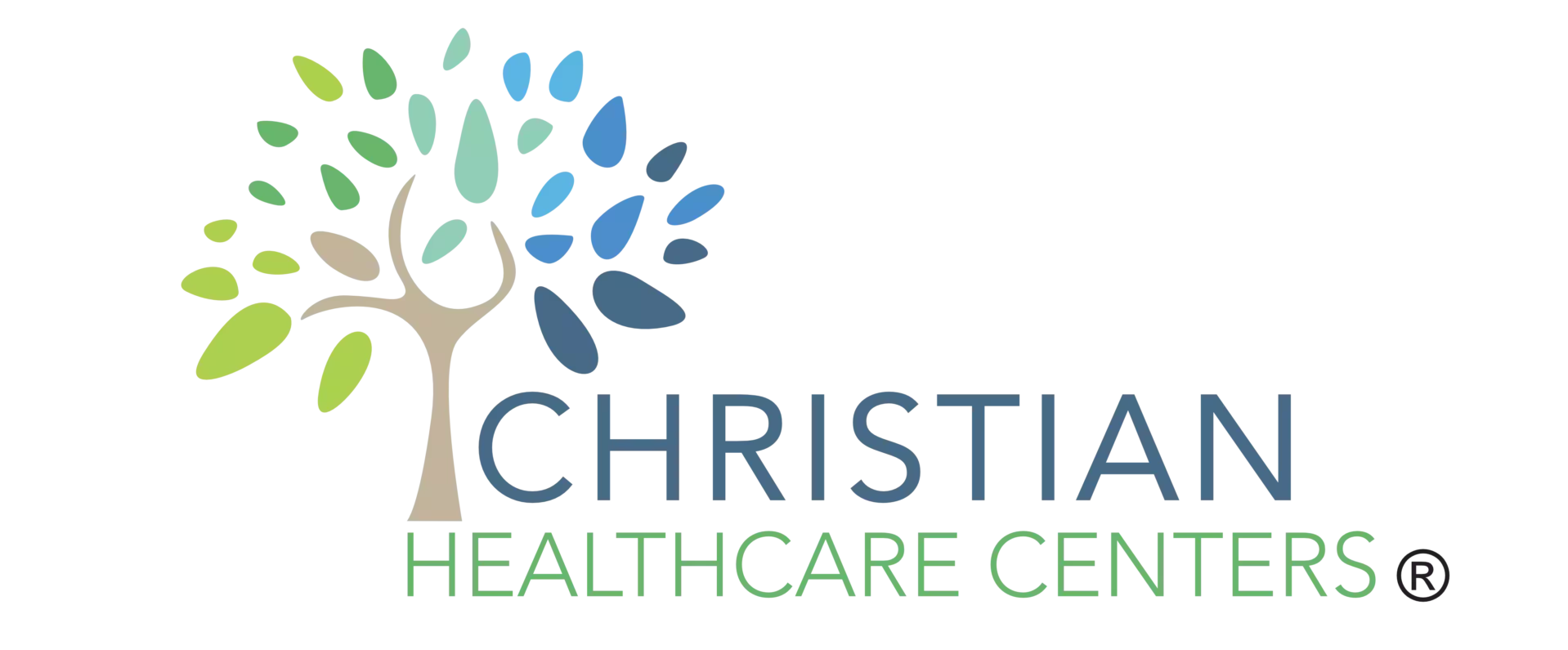Imagine a scenario where an individual suffering from chronic health conditions is constantly shuttling between specialists, undergoing numerous tests, and being prescribed multiple medications. The cost of healthcare for this person would undoubtedly be exorbitant. Not to mention the stress and inconvenience associated with managing their care.
However, what if there was a more efficient and cost-effective approach? Direct primary care is a healthcare model emphasizing a direct relationship between patients and their physicians. It has shown promising results in reducing healthcare expenses.
But how does it achieve this? That’s what we aim to explore in this discussion.
Enhanced Communication and Trust
Enhanced communication and trust between healthcare providers and patients are essential to improving the healthcare experience. When healthcare providers and patients establish open lines of communication, it creates a sense of belonging and fosters a solid patient-provider relationship. This relationship is crucial for achieving improved outcomes and patient satisfaction.
Effective communication allows healthcare providers to understand patients’ needs, concerns, and preferences. It enables providers to tailor their treatment plans accordingly, ensuring patients receive the most appropriate care. Providers can address any misunderstandings and clarify medical information by actively listening and engaging in meaningful conversations. This empowers patients to make informed decisions about their health and helps them feel valued and respected.
Trust is the foundation of any successful patient-provider relationship. When patients trust their healthcare providers, they feel more comfortable sharing personal information and seeking guidance. Trust allows providers to deliver care that aligns with patients’ values and goals, resulting in improved outcomes. Patients who trust their providers are more likely to adhere to treatment plans, follow preventive measures, and actively participate in their own healthcare.
Enhanced communication and trust also contribute to increased patient satisfaction. Patients who feel heard, understood, and involved in their care are likelier to report higher satisfaction with their healthcare experiences. They feel more engaged and confident in their providers’ abilities, leading to a stronger sense of belonging within the healthcare system.
Preventive Care and Early Intervention
To address your healthcare needs effectively and ensure optimal outcomes, you must prioritize preventive care and early intervention. By focusing on these aspects of healthcare, you can take proactive steps to maintain good health and prevent the development of severe medical conditions.
One of the crucial components of preventive care is patient education. When you are well informed about your health and the steps you can take to prevent illness, you are empowered to make healthier choices. Direct primary care providers prioritize patient education, explaining preventive services and providing guidance on healthy lifestyle habits. This ensures that you have the knowledge and tools to take control of your own health.
In addition to patient education, early intervention is another critical aspect of preventive care. Detecting and addressing health issues early can prevent them from progressing into more severe and costly conditions. Direct primary care providers can offer timely and comprehensive screenings and diagnostic tests, allowing for early detection and intervention. This proactive approach can lead to better health outcomes and lower healthcare expenses in the long run.
To illustrate the importance of preventive care and early intervention, consider the following table:
| Preventive Care Benefits | Early Intervention Benefits |
|---|---|
| Reduces healthcare costs | Prevents progression of illness |
| Promotes overall wellness | Improves treatment outcomes |
| Identifies health risks early | Reduces hospitalizations |
| Empowers patients to make informed choices | Enhances quality of life |
Streamlined Administrative Processes
One way to improve efficiency in healthcare is through implementing streamlined administrative processes. By reducing paperwork and increasing efficiency, direct primary care practices can significantly enhance patients’ and providers’ overall healthcare experience.
Here are three ways in which streamlined administrative processes can benefit you:
- Simplified appointment scheduling: With reduced paperwork, direct primary care practices can streamline the appointment scheduling process. You no longer have to fill out lengthy forms or wait on hold for extended periods. Instead, you can easily schedule appointments online or through a simple phone call, ensuring a hassle-free experience.
- Efficient billing and insurance processes: Direct primary care practices often eliminate the need for insurance companies, reducing administrative complexities. You can enjoy transparent pricing and simplified billing procedures by opting for a membership-based model. This means less time spent on paperwork and more time focusing on your health and well-being.
- Seamless access to medical records: Streamlined administrative processes enable seamless access to your medical records. You can easily view and manage your health information with secure electronic systems. This saves time and promotes better coordination of care, as your healthcare providers can access your records quickly and efficiently.
Reduced Unnecessary Referrals and Tests
By reducing unnecessary referrals and tests, direct primary care practices can help you, as a patient, receive more targeted and efficient healthcare. This approach focuses on providing comprehensive care within the primary care setting, eliminating the need for unnecessary specialist visits or excessive diagnostic testing.
When you visit a direct primary care physician, they take the time to listen to your concerns and thoroughly assess your health. This saves time and money, ensuring you get the most appropriate care.
Furthermore, direct primary care physicians prioritize evidence-based medicine and follow clinical guidelines during their decision-making process. They utilize their knowledge and experience to determine when diagnostic tests are necessary, avoiding overtesting and unnecessary procedures. This helps to improve patient satisfaction by reducing the burden of unnecessary tests and associated costs.
Long-Term Cost Savings
When unnecessary referrals and tests are reduced, direct primary care practices can lead to long-term cost savings for patients. Direct primary care providers can help patients avoid expensive hospital visits and unnecessary medical procedures by focusing on preventive care and building strong doctor-patient relationships. Here are some ways in which direct primary care can contribute to long-term cost savings:
- Reduced hospitalizations: Direct primary care practices emphasize preventive care and early intervention, which can help patients manage chronic conditions and reduce the risk of hospitalization. By closely monitoring patients’ health and providing timely interventions, direct primary care providers can help prevent the progression of diseases and avoid costly hospital stays.
- Minimized emergency room visits: With timely access to primary care providers and effective care coordination, patients are less likely to rely on emergency rooms for non-emergency medical issues. Direct primary care practices offer extended office hours and 24/7 access to providers, reducing the need for costly emergency room visits and ensuring patients receive prompt care.
- Better medication management: Direct primary care providers work closely with patients to manage their medications effectively. By monitoring medication adherence and making necessary adjustments, providers can help patients avoid complications and reduce the need for expensive treatments or hospitalizations.
In addition to the long-term cost savings, direct primary care focuses on patient satisfaction and improved health outcomes. Patients feel more valued and empowered in their healthcare journey with longer appointment times, personalized care, and enhanced communication between patients and providers. This approach leads to better patient engagement, increased adherence to treatment plans, and improved overall health outcomes. By prioritizing patient satisfaction and proactive care, direct primary care practices save patients money in the long run and help them achieve better health and well-being.
Final Thoughts
Direct primary care lowers healthcare expenses through enhanced communication, preventive care, streamlined administrative processes, and reduced unnecessary referrals and tests.
Direct primary care allows for early intervention and long-term cost savings by focusing on building trust and providing personalized care.
With these benefits, individuals can experience better healthcare outcomes while reducing overall healthcare expenses.
So, if you’re looking for a cost-effective and efficient healthcare solution, direct primary care is the way to go.


